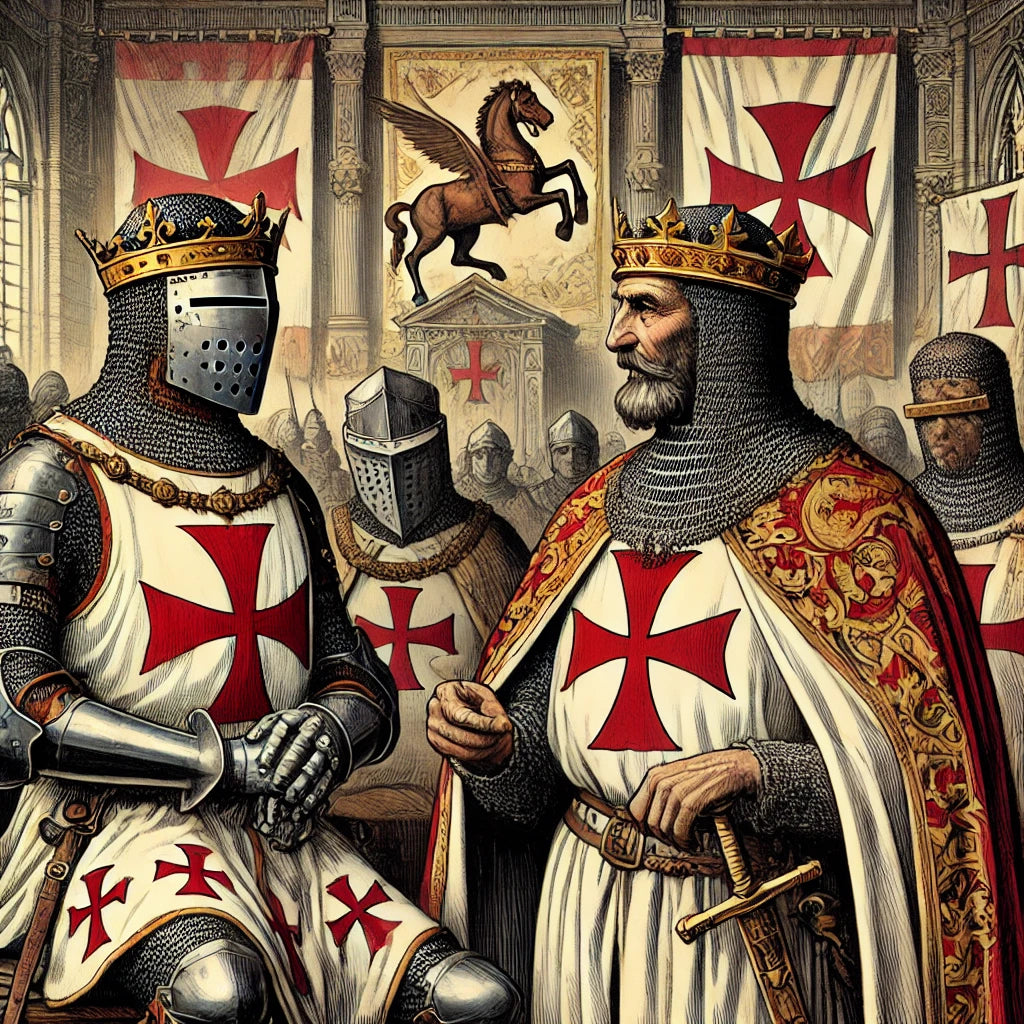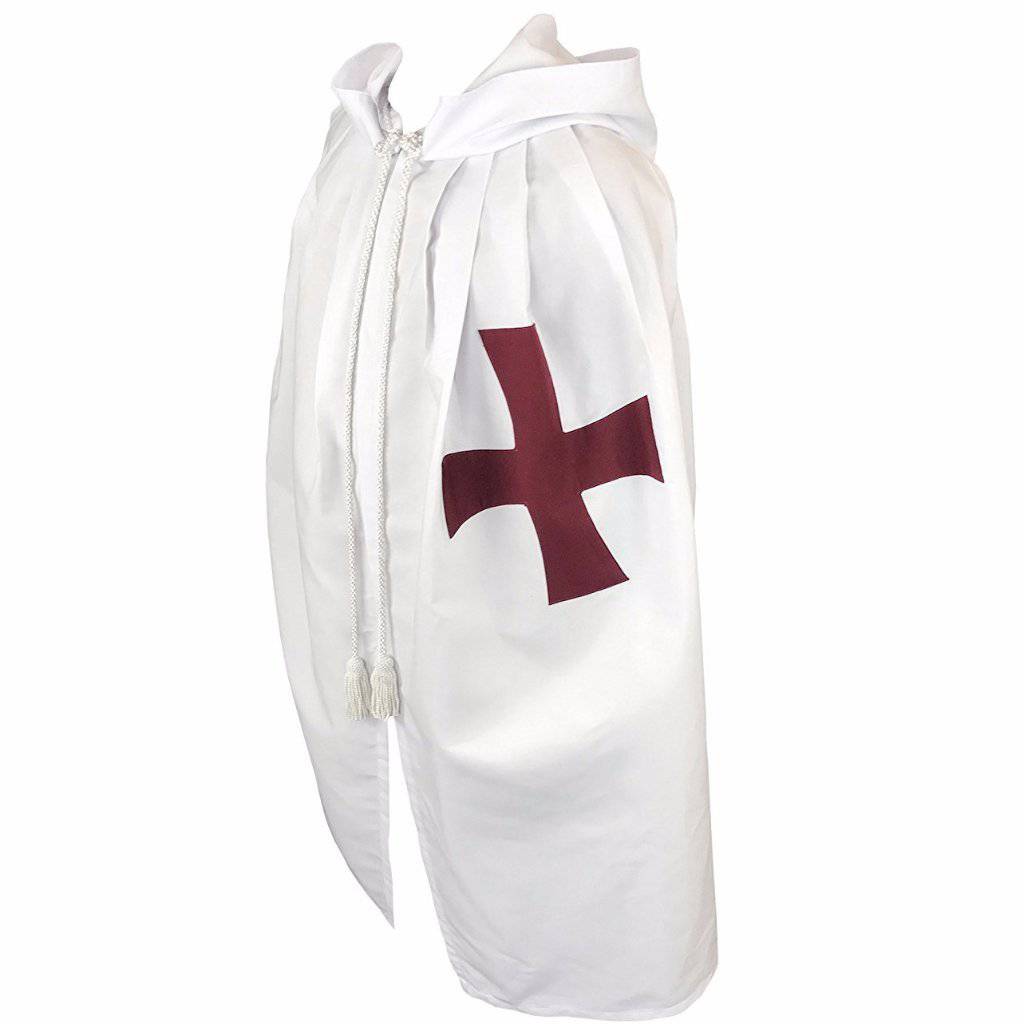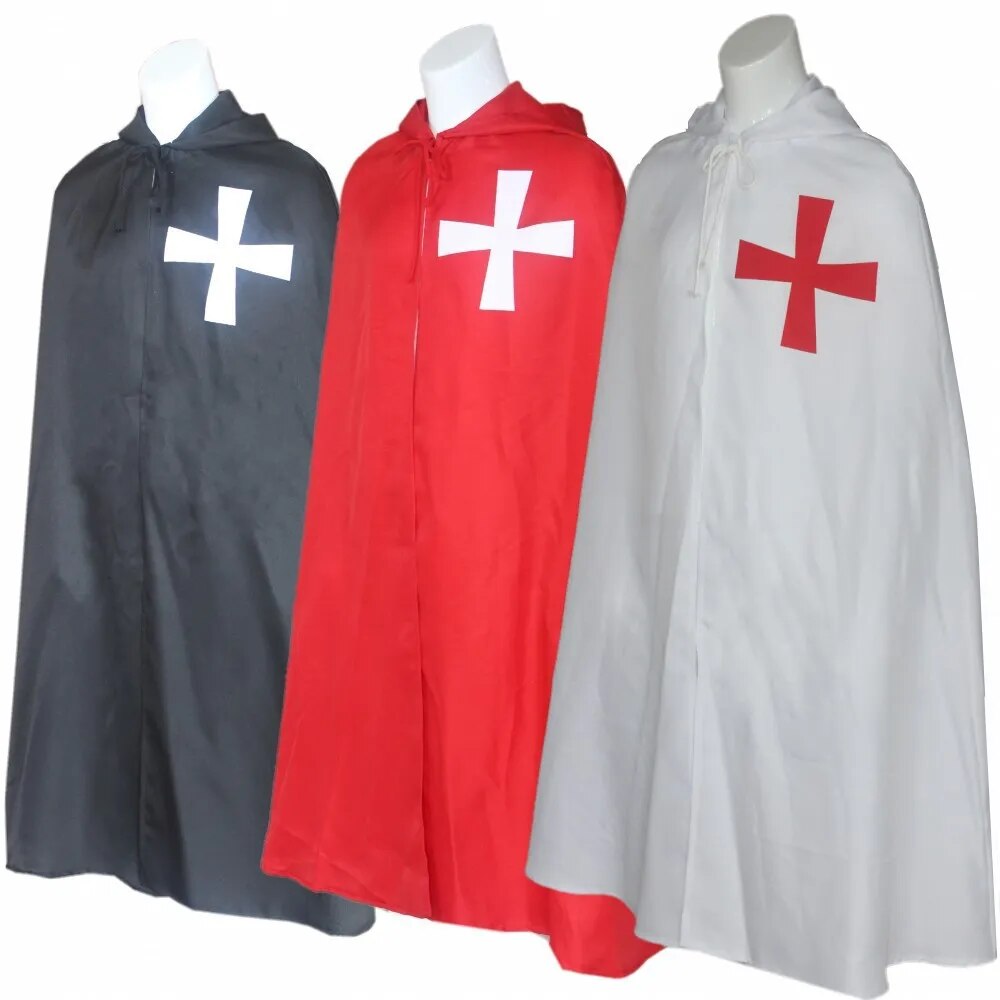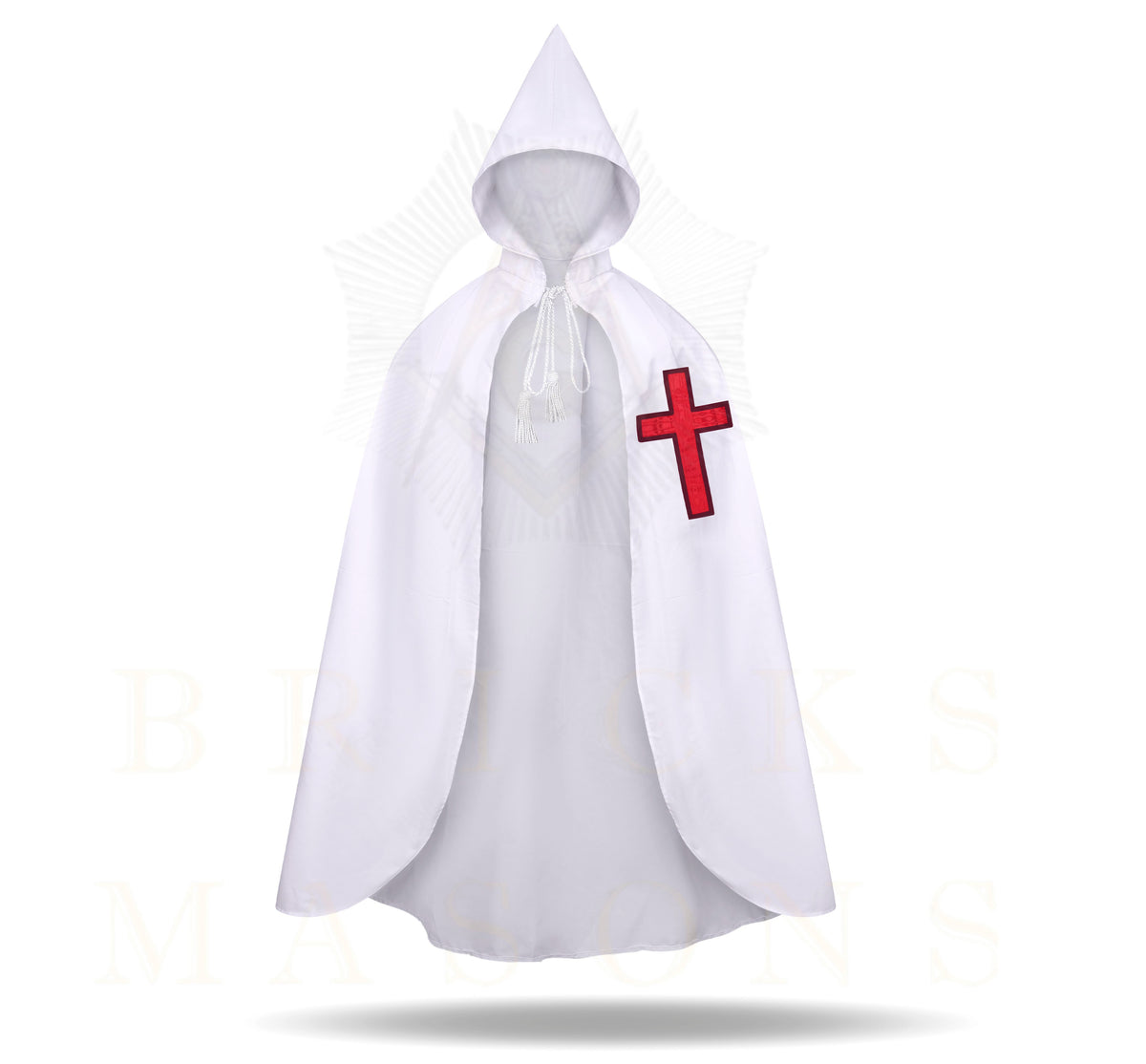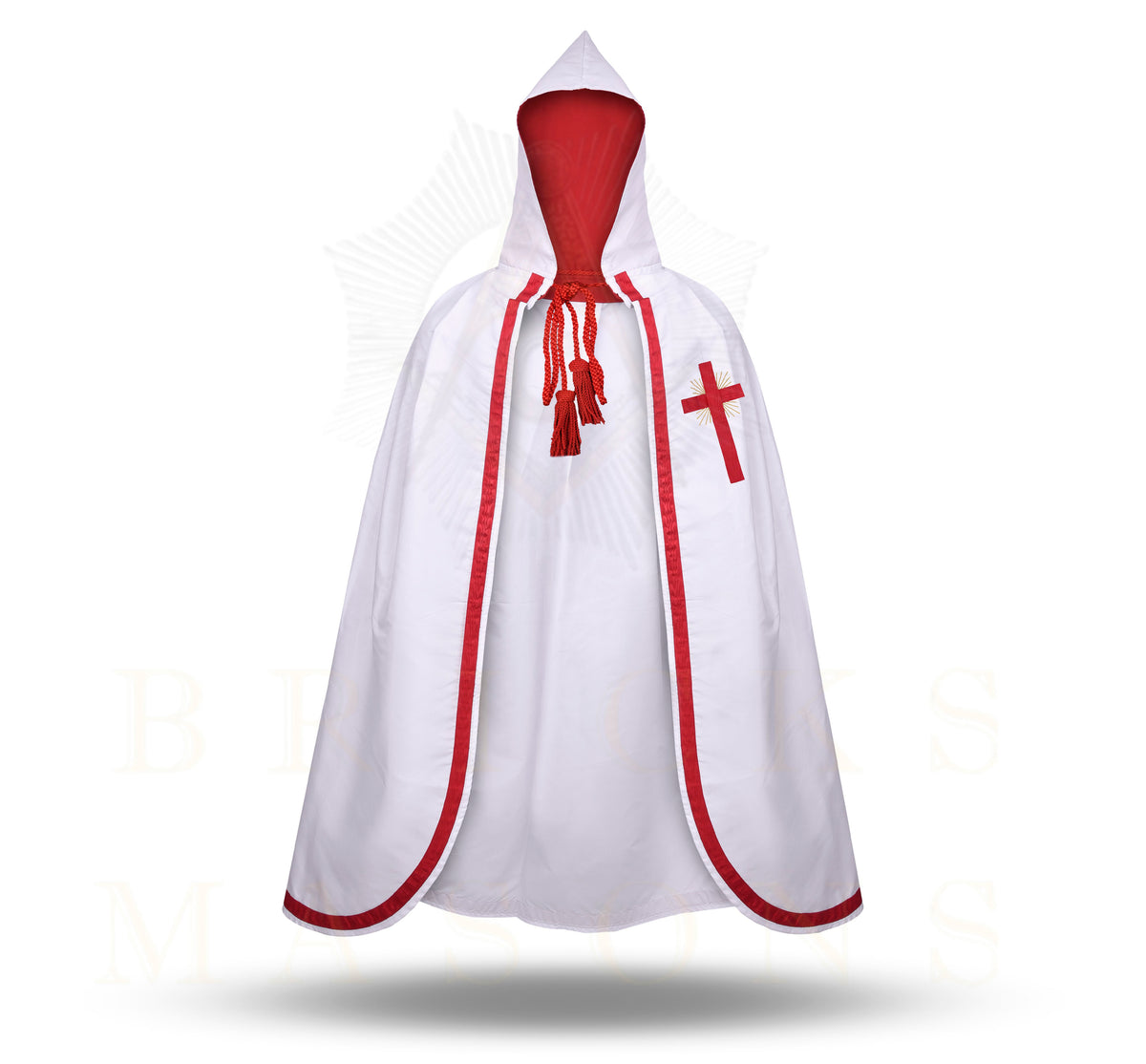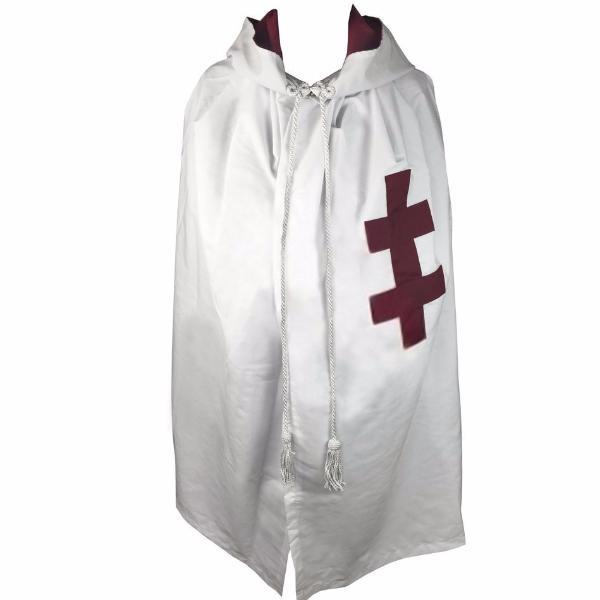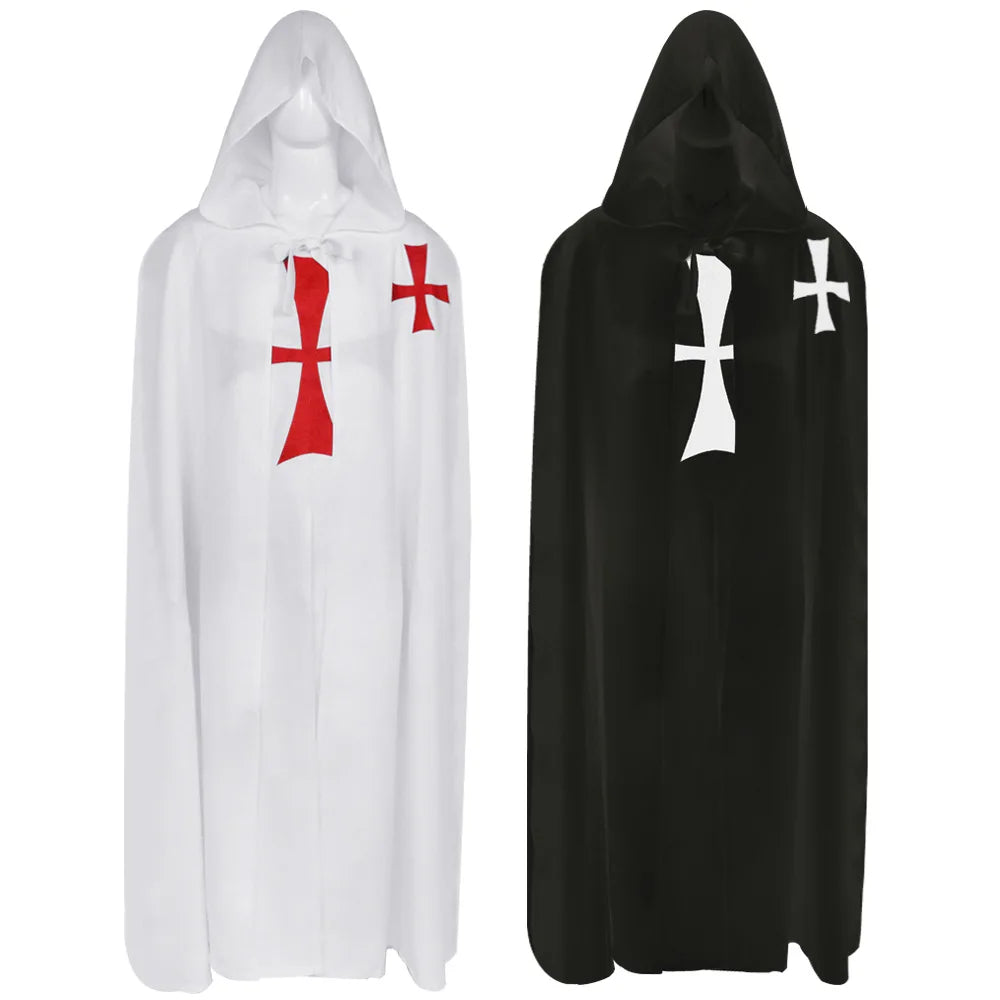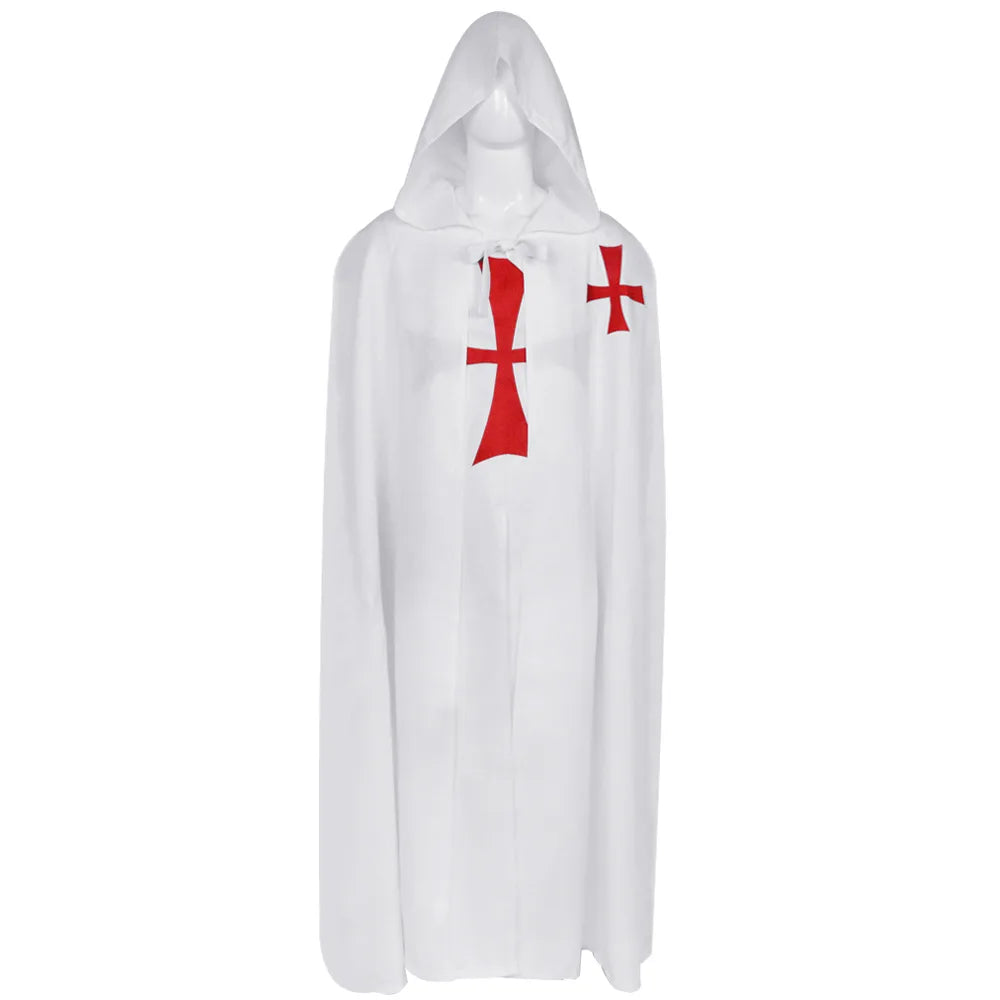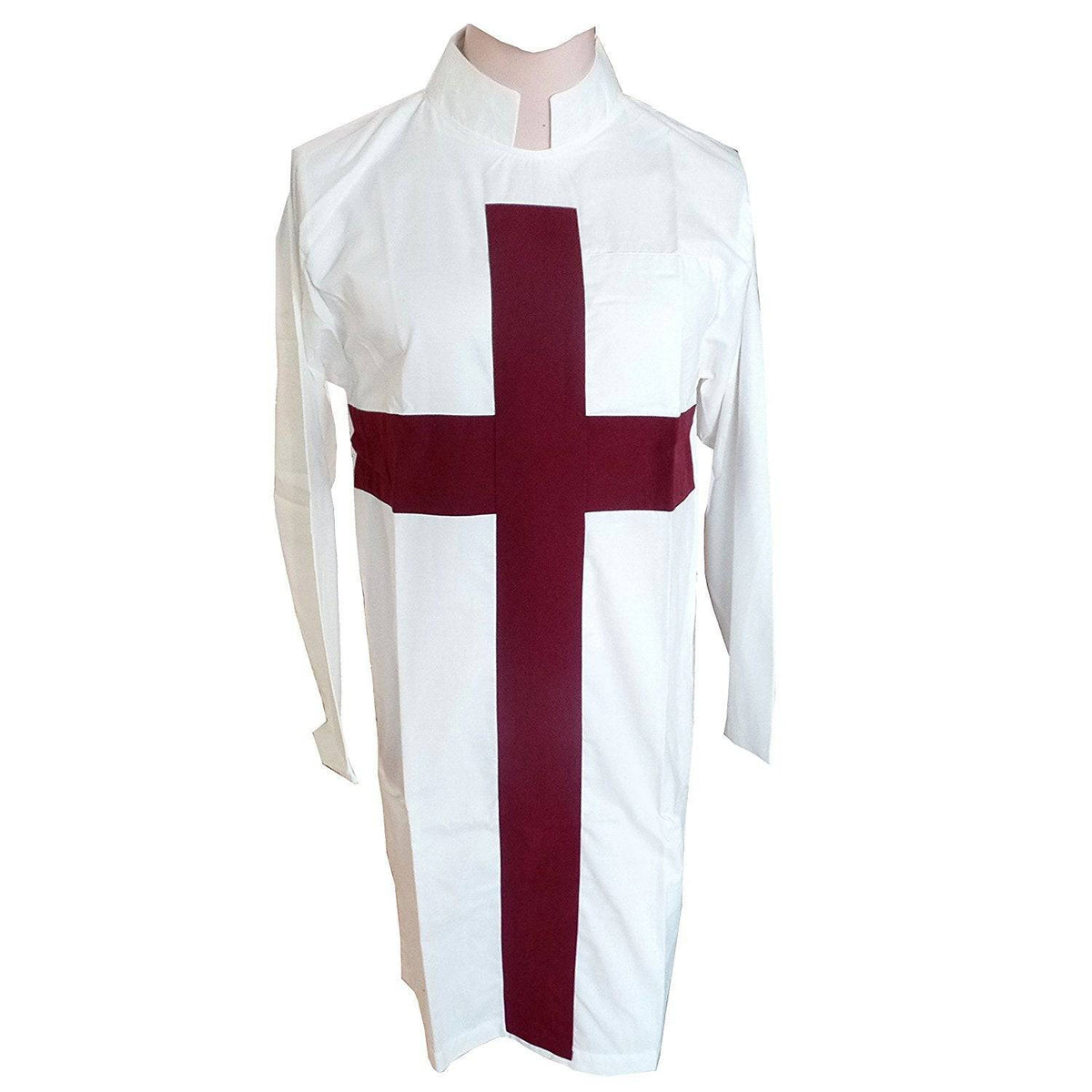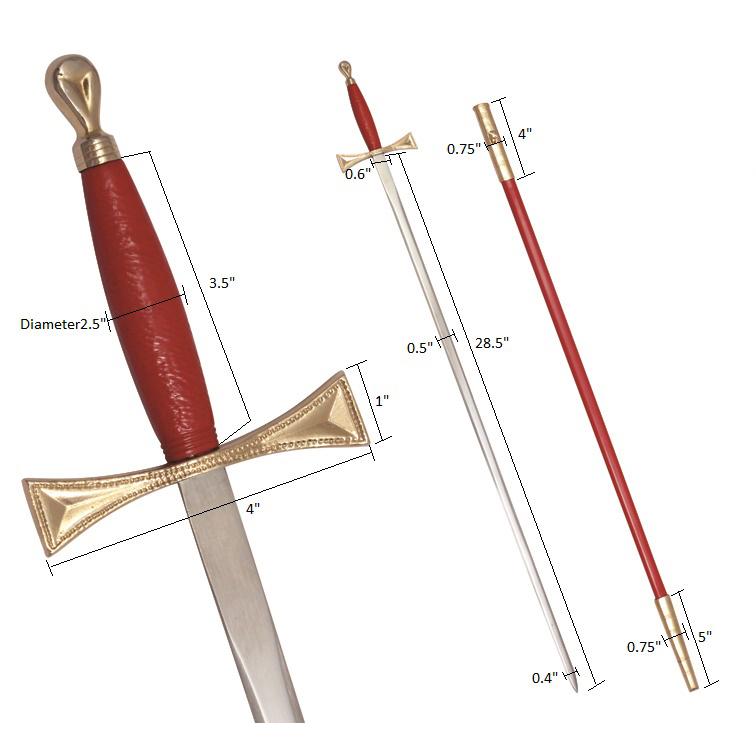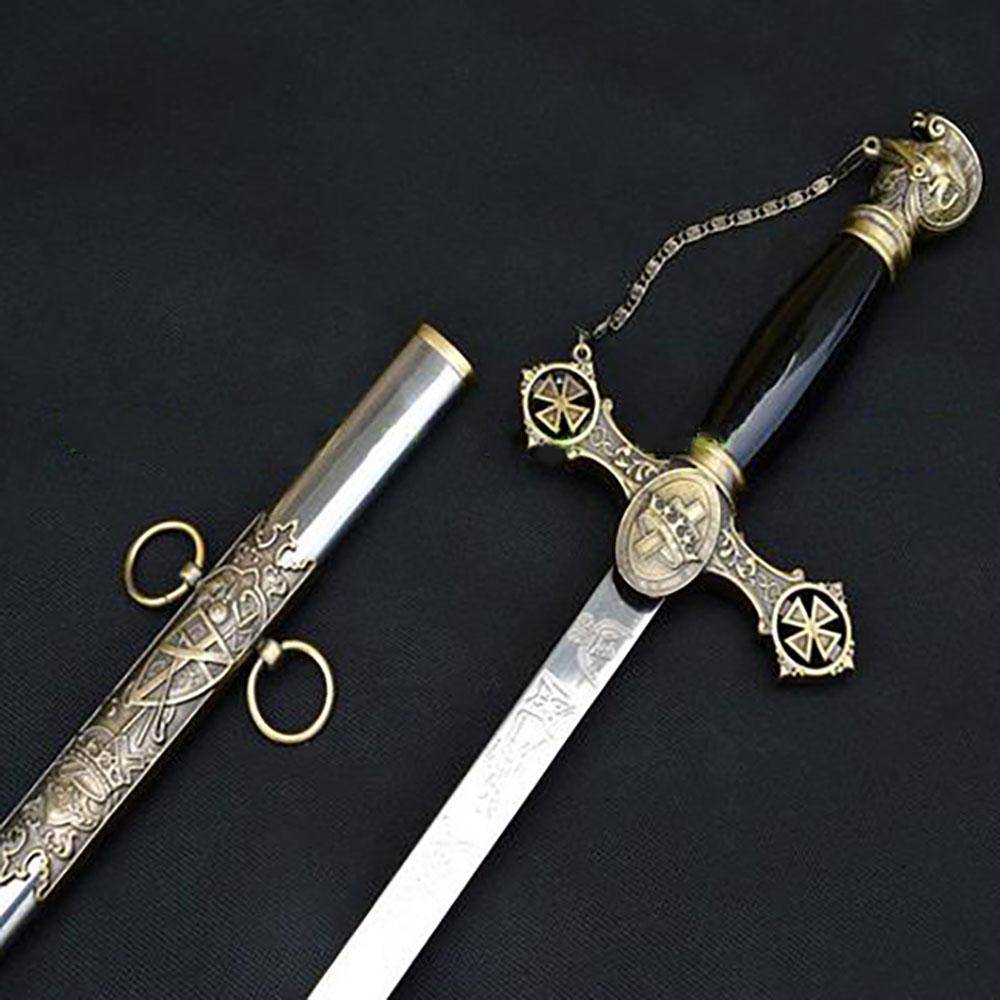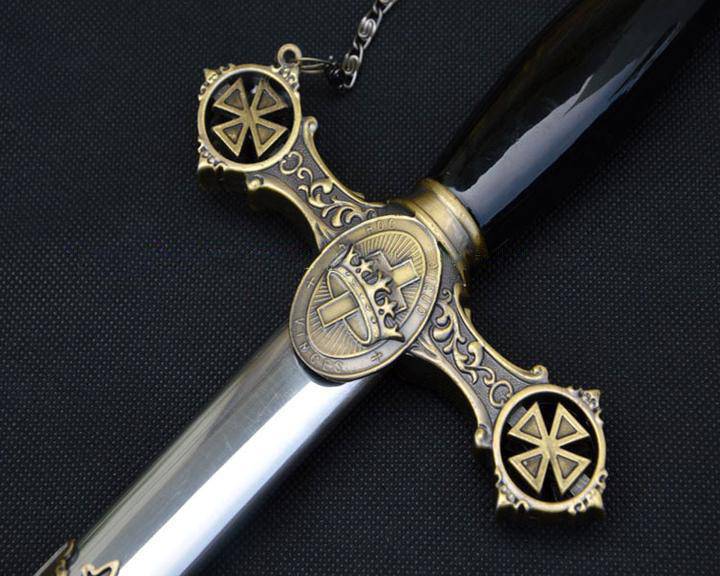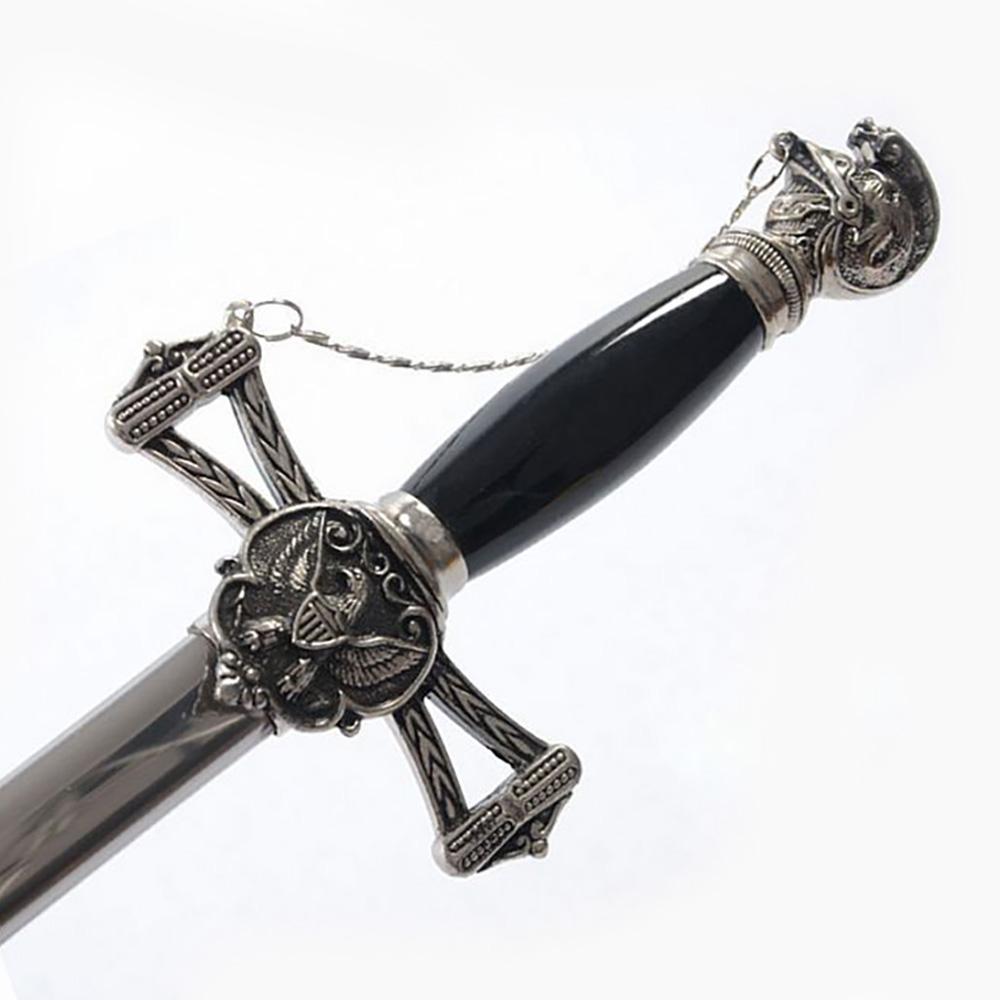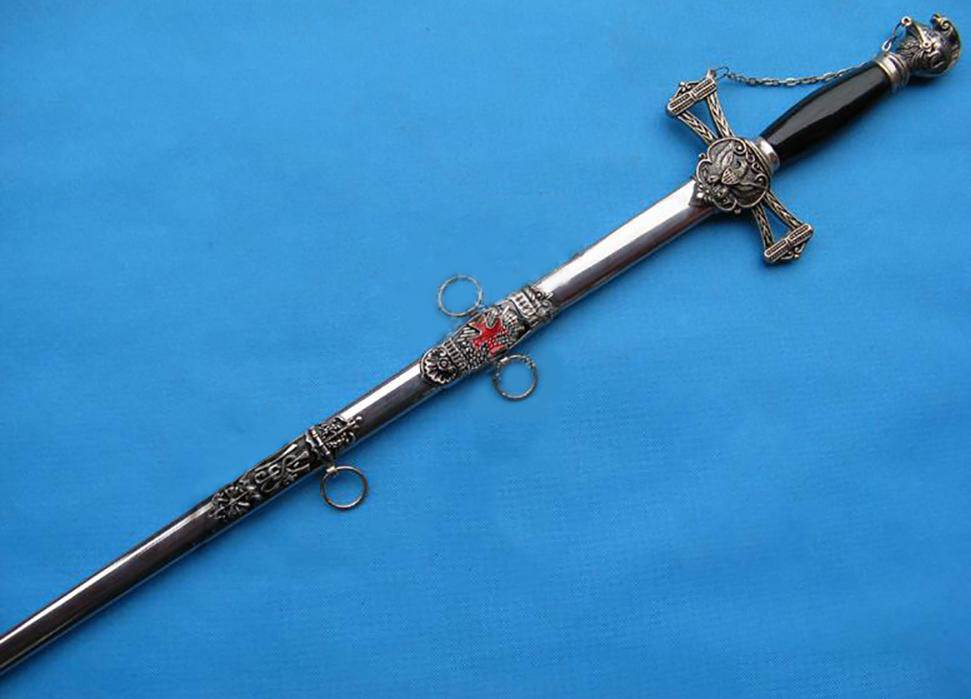A Timeline of the Knights Templar: Key Dates and Events that Shaped Their Legacy
The Knights Templar, a legendary military and religious order, rose to prominence during the Crusades and left an enduring mark on history. Known for their discipline, bravery, and financial acumen, the Templars were instrumental in protecting pilgrims traveling to the Holy Land and in pioneering financial systems that prefigured modern banking. Their story, filled with mystery and religious fervor, is one of both triumph and tragedy. Here’s a timeline of the pivotal events and dates that shaped the legacy of the Knights Templar.
1119: The Birth of an Order
In 1119, a small group of knights, led by Hugues de Payens, established the Order of the Poor Fellow-Soldiers of Christ and the Temple of Solomon—more commonly known as the Knights Templar. Founded with the noble purpose of protecting Christian pilgrims traveling to the Holy Land, the order’s beginnings were humble but marked by a strong sense of duty and piety.
- Purpose and Mission: The Templars dedicated themselves to safeguarding pilgrim routes, particularly against the threats posed by bandits and hostile forces. This initial focus on protection and service laid the foundation for what would soon become a powerful military order.

1129: Official Recognition by the Catholic Church
The Templars gained significant recognition and support from the Catholic Church, marking a turning point for the order. At the Council of Troyes in 1129, the Church officially sanctioned the Knights Templar as a religious and military order. With the backing of the Church, the Templars gained access to more resources and recruits, solidifying their position as a legitimate and revered institution.
- Growth and Expansion: This newfound support led to an influx of donations, including land, wealth, and new recruits eager to join their ranks. The Templars’ distinctive white robes adorned with the red cross became a symbol of their commitment to faith and duty.

1139: Papal Privileges and Immunity
In 1139, Pope Innocent II issued the Papal Bull Omne Datum Optimum, granting the Knights Templar special privileges that would accelerate their growth and influence. This decree allowed them to operate independently of local laws and authorities, exempting them from taxes and answering only to the Pope.
- Unprecedented Autonomy: These privileges enabled the Templars to act with a level of autonomy unprecedented for a religious order, allowing them to build wealth and expand their influence across Europe.

1147–1291: Military Expansion and Crusades
The Templars were essential participants in the Crusades, defending key strongholds and participating in major battles in the Holy Land. Their courage and tactical skill earned them a reputation as some of the most formidable warriors of their time.
-
Key Battles and Military Successes: The Templars fought in numerous battles throughout the Second and Third Crusades, often leading the charge and risking their lives in the face of overwhelming odds. Their discipline and strategy made them an invaluable asset to the Crusader states.
-
Strategic Strongholds: The Templars built and managed several fortified castles throughout the Holy Land, which served as military and economic hubs.

12th-13th Century: Financial Innovations
During their rise, the Templars developed a sophisticated financial network, which included early forms of banking, safeguarding valuables, and money transfer systems. This financial innovation was initially designed to assist pilgrims but eventually expanded into a comprehensive system of managing wealth across Europe.
- Banking Pioneers: The Templars allowed travelers to deposit money at one location and withdraw it from another, essentially creating the first forms of checks. This financial ingenuity not only generated significant wealth for the order but also laid the groundwork for modern banking systems.

1307: The Arrest and Fall of the Knights Templar
In 1307, King Philip IV of France, deeply in debt to the Templars and wary of their influence, ordered the arrest of the order’s leaders on charges of heresy, blasphemy, and other fabricated accusations. Templars across France were apprehended, and many were tortured into confessing to crimes they did not commit.
- October 13, 1307 – Friday the 13th: This infamous day saw a coordinated arrest of Templars across France. The subsequent persecution and trials would spell the beginning of the end for the order.
1312: The Official Suppression of the Order
Under pressure from King Philip IV, Pope Clement V officially disbanded the Knights Templar in 1312, dissolving the order and confiscating its assets. The Pope issued a decree, ending the order’s official status within the Catholic Church.
- Disbanding the Order: With the order’s dissolution, Templar assets were transferred to other religious organizations, and surviving Templars either integrated into other orders or faced imprisonment.
1314: The Execution of Grand Master Jacques de Molay
In a final act of defiance, Jacques de Molay, the last Grand Master of the Knights Templar, was burned at the stake in 1314. According to legend, he cursed both King Philip IV and Pope Clement V as he died, predicting their deaths within the year—a prophecy that reportedly came true, further enshrouding the Templars in myth and intrigue.
- Legacy of Jacques de Molay: His execution marked the end of the order’s visible presence, yet his legacy endured in the public imagination, fueling countless legends and stories about the Templars’ supposed hidden treasures and enduring influence.
The Templar Legacy: Enduring Influence Beyond Their Time
Despite their tragic end, the Knights Templar left a lasting impact on history. The order’s military discipline, financial innovations, and devotion to a higher purpose have inspired numerous legends, books, films, and modern-day organizations. The Templar cross remains an enduring symbol, and the stories of their bravery, wealth, and secrecy continue to captivate our imaginations.
- A Legacy of Mystery and Inspiration: The story of the Knights Templar serves as a powerful reminder of how an organization’s values, practices, and challenges can leave an indelible mark on history, persisting far beyond the lives of its members.
The timeline of the Knights Templar is a story of dedication, innovation, faith, and tragedy. Their rise to prominence, groundbreaking achievements in finance, and ultimate persecution illustrate the complexities of their era. The Knights Templar remain a testament to the impact of devotion, discipline, and an unwavering sense of purpose—qualities that continue to inspire curiosity and admiration to this day.


